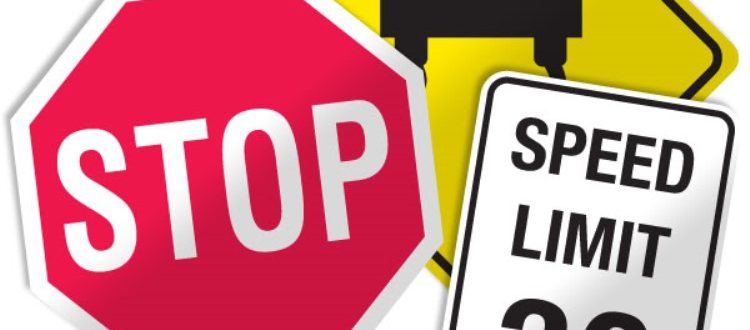Traffic street signs include a huge variety of road markers in the US, and even more in the rest of the world. They are regulated in every country in the world by their governments, and here in the US, the USDOT oversees every state’s DOT regarding traffic street signs.
The US Government’s specific regulator, the United States Department of Transportation, or the USDOT, has a manual, called the Manual on Uniform Traffic Control Devices, or the MUTCD, which assigns letter and number codes to the various types we drive by on a daily basis.
Specified Traffic Street Signs and the Regulation of Traffic Regulation Signs
One of the most common categories are the regulatory signs. In the MUTCD (which stands for the Manual on Uniform Traffic Control Devices), all street signage such as STOP or YIELD are designated with a code. Those like a stop sign has a code – R1-1, and a yield sign has a code – R1-2, Speed Limits are R2-1, etc. The sizes will vary for the location the sign is place in. For instance, on a highway where the speed limit is 60MPH, the signage will be larger than on a street where the speed limit is 25MPH. A Stop signpost, for instance, would be 36 inches by 36 inches on the highway, but 30 inches by 30 inches on a conventional street or road.
The regulatory traffic street signs cover everything from one way streets to parking signs to prohibitive signs to weight limit signs. There are over 100 regulatory traffic street signs in the MUTCD, making it the largest single traffic street signs category in the guide. Most of these traffic street signs are white with black and/or red copy, with the obvious major exceptions of the Stop and Yield signs and a smattering of other signs such as Handicapped Parking signs.
Letter/Number Code Designations for Warning Signposts
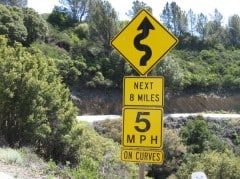
The next category is Warning Signs. Most of these have a yellow reflective background with black lettering/symbols, and are diamond shaped or rectangular, and are often a combination of both. Just for fun there is one pennant shaped and one circular in this category. These are the ones that warn of an upcoming corner, a hill, the likelihood of deer or tractors crossing, a bump in the road, etc. This category will always begin with a “W,” such as W7-3.
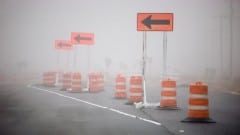
Within the Warning sign category are the temporary construction types. These are used during construction or warn of temporary unusual conditions like water over the road or similar.
Letter/Number Code Designations for Guidance Road Signage
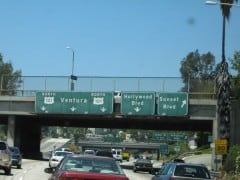
The next class are the Guidance signage. This is a varied grouping of traffic street signs that includes the standard green reflective background/white reflective lettering “destination” signs – i.e. Portland 37 Miles, etc. They are designated with codes such as D1-1 and are usually rectangular in shape.
Another classification are the route markers. They will mark state highways, interstates, county roads, and similar with various shaped signs, some shields, some triangles, and other shapes. The codes are similar to M1-1 coding for the interstate signs. They vary in color, size, and shape more than any other grouping.
Letter/Number Code Designations for Route Markers
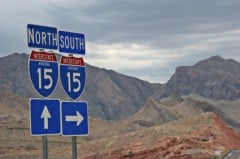
Within this classification are also the information signposts that are coded I-7 or similar – this one would point you to a train station. There are a few more within this classification such as emergency and recreation/cultural interest sign displays, but we’ll save those for a later article.
Letter/Number Code Designations for School Zones
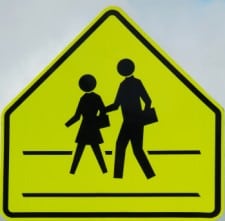
The last major group is School Zone signs, coded S1-1 and similar. They feature highly reflective backgrounds with mostly black copy and symbols. While this is not an exhaustive article, we’ve covered most of the main sign types regulated by the USDOT here.
Learn more about the various classes of traffic street signs.
Good Read! Can I get a quote NOW!?
Popular Posts:

